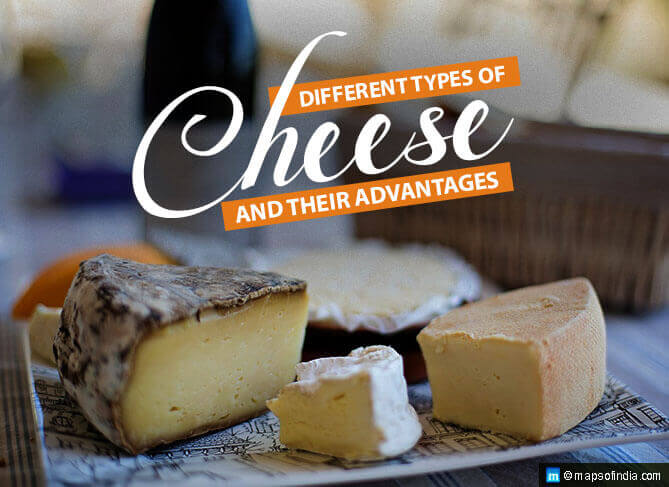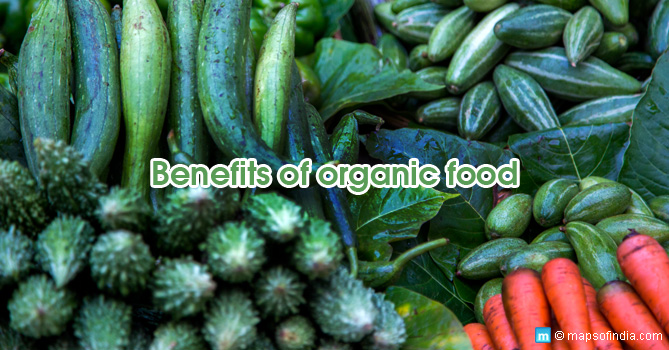
“Say Cheese.” It definitely brings smile to your face. Doesn’t it?
We can’t think of savouring our favourite dishes such as pasta and pizza without cheese. It adds extra flavour and taste to popular dishes such as burgers, sandwiches, salad, pizza, Mexican dishes, and many more. You can also use cheese either as a snack or as an appetiser. It can also be used to enhance the taste of pastries, soups, sauces, and a wide array of other dishes.
If you think that they come in one shape or size, you are mistaken. There are thousands of cheese varieties available and you must taste them to experience the heaven on earth.
Cheesy Facts
Cheese is good for health because it is a good sources of protein and calcium. However, it is also high in both sodium and saturated fats. So, before you dive into cheesy delicacies, get the facts straight. They say the advantages outweigh the disadvantages. Cheese can be a healthful addition to diets if you consume low-fat and low-sodium cheese.
In case you are lactose intolerant, try not to savour cheese. However, some types of cheeses are also healthy for lactose intolerant persons.
Different Types of Cheese:
Cheeses can be broadly differentiated into 6 variants:
-
Fresh Cheeses
These types of cheese haven’t aged. That’s why they have higher content of moisture and at the same time have softer texture. Fresh cheeses are milder in taste than the matured ones. Most popular fresh cheeses are cottage cheese, ricotta, mascarpone, and cream cheese.
-
Aged or Mature Cheeses
The cheeses that have been tended for 6 months or more are generally known as mature or aged cheese. The flavour becomes sharper and more concentrated as the age of cheese increases. Some of the most popular matured cheeses are Gruyère, Parmesan, Swiss, Cheddar, and many more.
-
Whole-Milk Cheese
Every 1-ounce (28 g) whole-milk cheese has 6-10 grams of fat, out of which 4-6 grams are saturated fat.
-
Low-Fat Content or Reduced-Fat Cheese
While the low fat cheese is made from 2% milk, non-fat ones are made from 0% milk or skim milk.
-
Processed Cheese
These are the most common types of cheese found in the market. Processed cheeses are shelf-stable products that contain added ingredients including emulsifiers as well as flavour enhancers. It is because of these kinds of cheeses that traditional cheese-making has transformed into an industrial-scale production.
-
Non-Dairy Cheeses
They are highly processed cheese, which can be consumed by people who are lactose intolerant or lactose allergic. Popular examples of the non-dairy cheeses are Daiya and soy cheese.
In India, you can now find almost all types of cheese, thanks to the high demand for such food items in the supermarkets. If you are a cheese fanatic, you must taste these delicacies once in your lifetime:
- Mozzarella
- Cottage Cheese
- Kalari (a Traditional Kashmiri Cheese)
- Kalimpong Cheese
- Gouda
- Cheddar
- Ricotta
- Parmesan
- Blue Veined Cheese
- Feta
- Bocconcini
- Halloumi
- Chevre (Or Goat Cheese)
- Scamorza
- Gorgonzola
- Mascarpone
- Grana Padano
Advantages of Cheese:
Cheese has many health benefits:
- It helps in preventing osteoporosis.
- It increases pH levels in the mouth and increases production of saliva due to chewing. Therefore, it reduces dental decay and ultimately makes teeth stronger.
- Cheese can be especially helpful for under-weight children because its consumption can help them gain weight. If an athlete or actor wants to bulk up, they can do that by snacking on their favorite cheese.
- If you lack calcium in your body, then cheese can be the best dietary source of calcium.
- You can eat low-sodium cheeses with potassium-rich foods for lowering blood pressure. Reports say presence of cheese in diet lowers systolic blood pressure by 2-4 mmHg.
- Grass-fed cheeses come with healthy CLA (Conjugated Linoleic Acid) fat, which helps in regulating blood sugar and, at the same time, reducing the risk of heart failure.
- Regular intake of cheese increases the quantity of vitamin D, calcium, and lactic acid in your body, thereby protecting you from common cancers such as colorectal and bladder cancers.
- Cheese can protect pregnant women, especially from the risk of developing preeclampsia. This danger can be done away with through intake of 1,500 to 2,000 mg calcium per day. Use cheeses (soft or hard, as per doctor’s consultation) in the diet of pregnant women, helping them get the needed vitamins and minerals for healthy foetal development.
Conclusion
Cheese is tasty as well as healthy. Consume it moderately for supplementing food with calcium, until and unless you are allergic or intolerant to cheese. If you are a cheese aficionado, then savour your cheese as a snack or an appetiser, or better still as a topping on your favourite delicacy.





